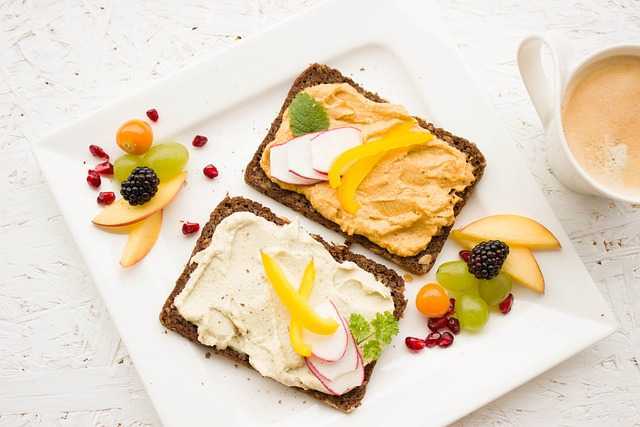Welcome to ARFRA.
Welcome to the official Australian Rare Fauna Research Association website.
The purpose of this website is for the release of official ARFRA Policy, and to create a mechanism for the reporting of sightings.
ARFRA is a voluntary, not for profit research organisation dedicated to recording and investigating sightings of unusual animals.
Since its inception in 1984, ARFRA has collated and analysed over 10000 reports of animals resembling Pumas, Panthers and Tasmanian Tigers, together with numerous reports of unidentified birds, reptiles & amphibians from all parts of Australia.
Reports have also been received of footprints, vocalisations, kills and other indications. Members have conducted over 2100 field investigations into these phenomena.
The ARFRA database is the most detailed compilation of this kind of information in Australia, and is constantly expanding as new records are added.
All visitors to this site are encouraged to report any such information, even if the event occurred some years ago. Your report may corroborate a sighting from another person in the same area at the time, lending support to your observation and perhaps adding a piece to the jigsaw of research into these animals.
News

is pewdiepie vegan
PewDiePie is a household name with nearly 110 million subscribers on YouTube, making him the most subscribed individual on the platform. He has amassed a loyal following due to his infectious humor, genuine nature, and relatability. However, among his vast viewership,...

Discover the ‘Best of the Best’: Top Vegan Restaurants in Armidale!
If you’re searching for the best vegan restaurants in Armidale, you’ve come to the right place! Armidale is home to some of the finest vegan dining establishments in the world, offering a wide range of dishes for diners to choose from. In this blog post, we’ll explore...

Experience the Best Vegan Cuisine in Coffs Harbour!
When it comes to finding delicious vegan cuisine, the city of Coffs Harbour has you covered! From casual eateries to more upscale restaurants, there are plenty of great places to visit. Whether you’re a vegan looking for a delicious meal or simply want to explore the...

Discover Duty-Free Shopping Secrets in Brisbane – Make the Most of Your Shopping Experience!
Tips for Duty-Free Shopping in Brisbane Do you want to get the best out of your shopping experience in Brisbane? If so, you’ve come to the right place. Duty-free shopping in Brisbane is one of the most efficient ways to save money and get quality goods from around the...

Daiso Brisbane: Discover the Hidden Affordable Shopping Treasure
If you’re looking for an affordable shopping treasure in Brisbane, look no further than Daiso. Located at the Myer Centre and Carindale Westfield Shopping Centre, Daiso is a Japanese store that offers an incredible range of items from unique homeware and kitchenware...

Discover Perth’s Finest: The Best Vegan Restaurant in Town!
When it comes to finding the best vegan restaurant in town, look no further than Perth, Australia. This vibrant city is home to some of the best vegan food in the world, and if you’re looking for unbeatable plant-based cuisine, then the gorgeous city of Perth should...

Tantalizing Vegan Fare Awaits You in Caboolture – Discover the Best Restaurants Here!
When it comes to vegan dining, Caboolture has it all – from cozy cafes, to modern bistros, to traditional restaurants. Whether you’re looking for a casual lunch, a fancy dinner, or something in-between, Caboolture’s vegan-friendly eateries are sure to have something...

Vegetarians Rejoice! Here Are the Best Vegan Restaurants in Quakers Hill
Going vegan can be a great way to reduce your carbon footprint, eat healthier, and help animals. But if you’re a vegan, it can be challenging to find tasty, vegan-friendly meals when you go out to eat. Fortunately, there are lots of vegan restaurants in Quakers Hill...

Discovering the Best Vegan Eats in Ballarat – Where to Find the Top Vegan Restaurants!
Eating vegan is becoming increasingly popular and more and more people are choosing to adopt a plant-based diet. If you’re looking for vegan dining options in Ballarat, then you’re in luck! This city is home to some of the best vegan restaurants around. In this blog...

Taste the Best Vegan Dishes in Toowoomba: A Vegan Foodie’s Guide to the Best Restaurants in Town!
Taste the Best Vegan Dishes in Toowoomba: A Vegan Foodie's Guide to the Best Restaurants in Town! If you’re a vegan who loves to eat out, you’re in luck: Toowoomba, Queensland is a hotspot for vegan cuisine. This charming city is home to a growing number of vegan...
